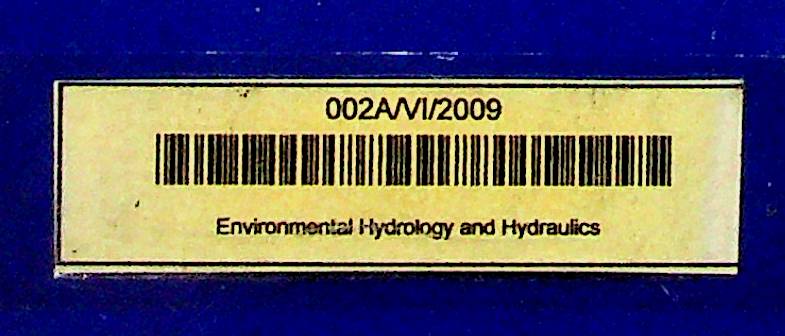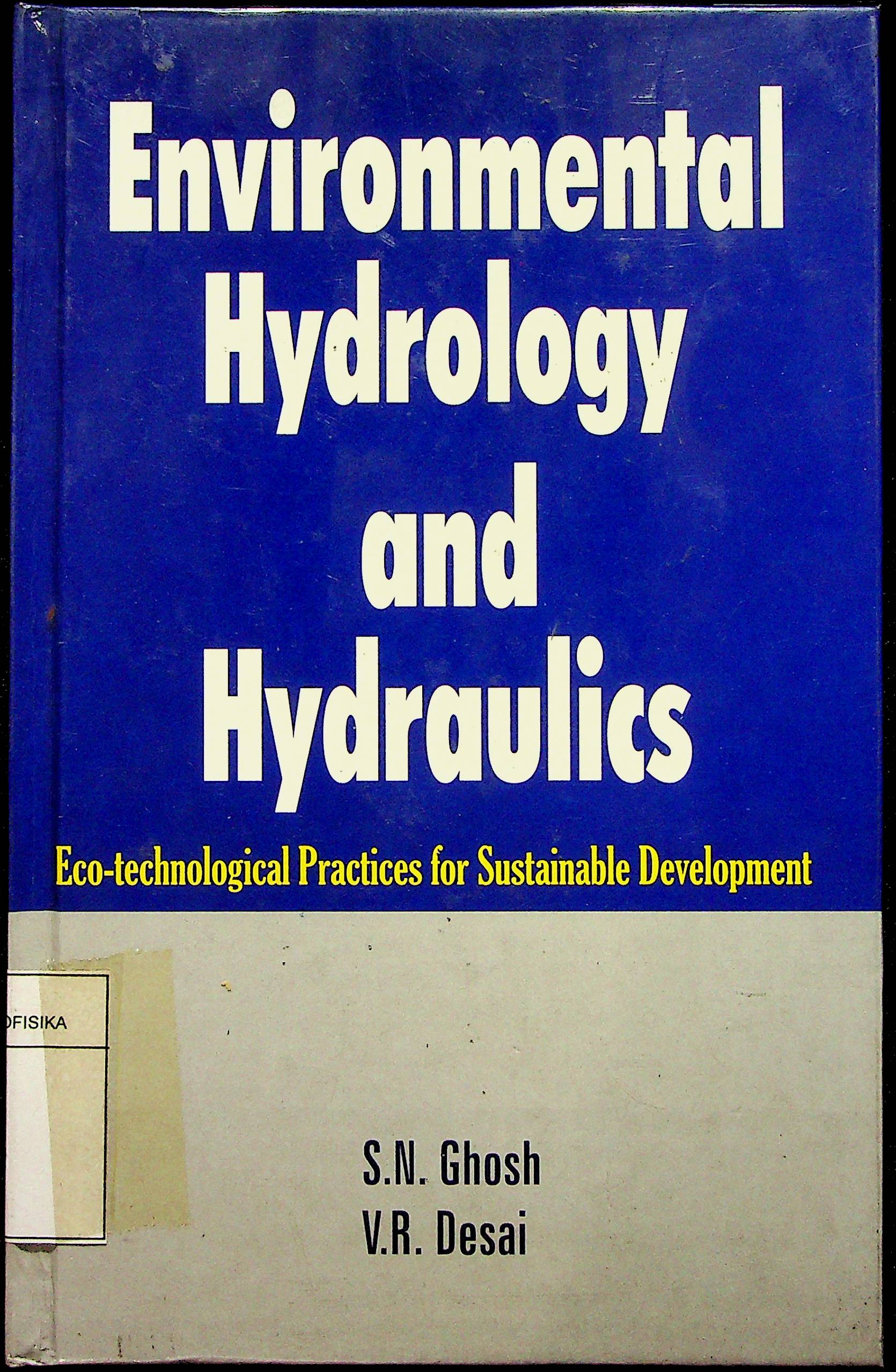The motivation for writing this book emanated from our firm belief that for sustainable development we need to conserve all our natural resources such as air, water etc. In addition, we need to emulate all the natural processes to the maximum possible extent in all our design endeavors aimed at achieving development through an improved infrastructure. Individuals and organi¬zations at all levels should be made aware of the fact that water is a precious natural resource which is crucial to our survival. Water needs to be judi¬ ciously used in the context of an increasing population—not only to sustain essential requirements such as those for drinking and domestic usage but also for increased food production, industrial usage, power generation, navigational requirements, pisciculture, recreation, landscaping etc. In view of the uncertainties associated with the global hydrological cycle over which human beings do not have any control, there is the problem of scarcity as well as excess of precipitation both spatially as well as temporally across the globe. Since precipitation is the primary source of water it is essential to hamess/store this precious water resource for various usages at all the times as well as at all possible locations. In the developed world, a large number of hydraulic structures have already been built to augment the water availability so that their overall water demand consistent with their industrial growth and their standard of living can be met. On the other hand, the developing/under-developed world consisting of low and medium income group of nations and accounting for about 85% of the global population have not been able to develop sufficient built-up capacity to augment/store their naturally available water resources. As a result of this most of their precipitation water flows into seas/oceans during peak flow season. In view of the huge costs involved in major water resources projects as well as on account of their other associated operational, social and
5
Environmental Hydrology and Hydraulics
S.N. Ghosh & V.R. Desai
Penerbit :
Copyright Reserved
Tahun :
2006
Buku Text
-
No Scan68
-
No Klasifikasi527
-
ISBN1-57808-403-2
-
ISSN-
-
No Registrasi002A/VII2009
-
Lokasi Terbit-
-
Jumlah Hal56
-
Label627 Gho e
-
Versi DigitalYA
-
Versi FisikYA
-
Lokasi Rak Buku Fisik02/B/09
-
Jumlah Exemplar Fisik Tersedia1






